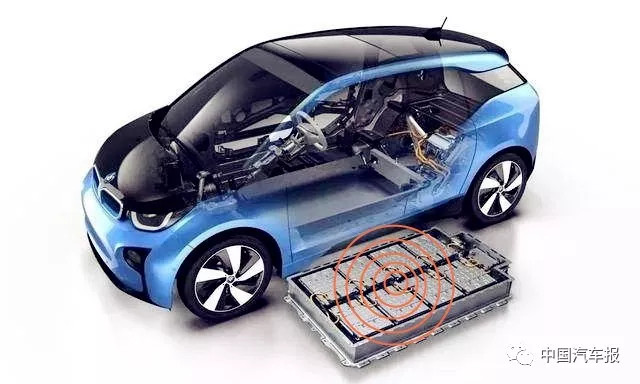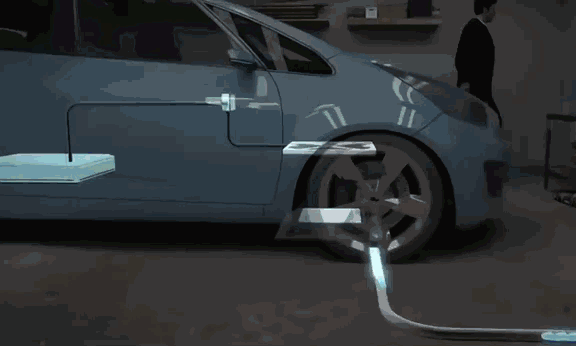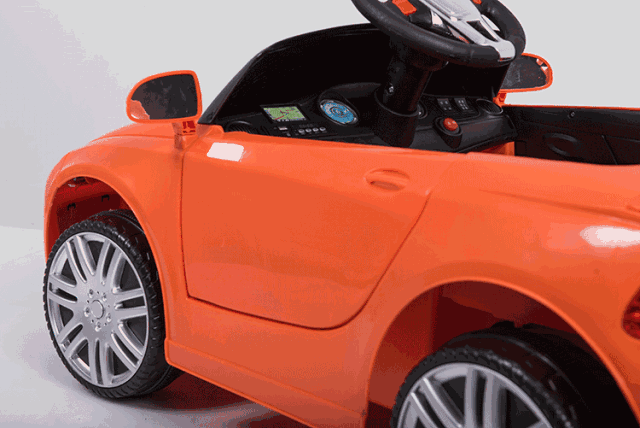Thanks to the vigorous promotion of the government and the active efforts of the industry, in recent years, China's electric vehicle industry has achieved considerable development. Both the technological level and the scale of production and sales are among the highest in the world. However, with the completion of fiscal subsidies in 2020, will the electric vehicle market, which is in the critical period of market transformation, fall into a cliff-type decline? Is there some new technology that can help electric vehicles continue to develop? These issues have increasingly become the focus of attention.
Summarizing the unsatisfactory places in the process of marketization of electric vehicles, it can be summarized into five issues. It is also known as the five major consumer anxiety: mileage anxiety, safety anxiety, charging anxiety, price anxiety, and battery anxiety. Can you solve these consumer anxiety? The answer is yes, but it needs to give scientific research units and companies a period of time to allow them to continue to increase the specific energy, lifespan, and reliability of the power battery, improve the charging infrastructure, and reduce the cost of the entire vehicle. Regardless of how it is calculated, it is obviously not enough to complete these tasks by 2020.
In this context, a technology that has not been included in the new energy vehicle's technical route - the extended-range electric vehicle will emerge from time to time.
The innovation of the extended-range electric vehicle is to add a range extender to the pure electric vehicle. When the battery power is low, a certain amount of external energy is input to the vehicle through the range extender so that the vehicle continues to run. This range extender can be a fuel engine or a natural gas, alcohol fuel, or hydrogen fuel engine. Unlike early hybrid technology, this increased engine output power was not directly used to drive the wheels, but only to drive one generator to generate electricity. The power generated by the generator can be sent to the battery for storage, or it can be directly supplied to the motor for driving the wheels.

There are four modes of operation for an extended-range electric vehicle. One is the external charging mode, which charges the battery when the vehicle is parked. The second is the pure electric mode. When the battery is fully charged, it can be driven by the pure electric mode. The third is the extension process. When the power is low, the engine can generate electricity. The battery is charged or directly supplied to the motor drive wheels. Fourthly, when the power is low, when the power is to be maintained, the battery can be charged by the engine to maintain the power at a certain level to ensure the vehicle continues to operate.
The extended-range electric vehicle uses battery power when starting and running at a low speed. When the vehicle runs at a high speed, the engine is started to directly supply power to the generator, and the drive motor drives the wheels. This performance makes full use of the fact that the motor has a large torque at low speed and a stable power output at high engine speeds. Compared to traditional fuel vehicles and pure electric vehicles, the extended-range electric vehicles can be opened without oil, and they can be used only when they are convenient for charging, and they can be used without burning oil. Charging facilities do not require high battery consumption, long life, high security features. From a certain point of view, the effective relief or even solved the five major anxiety that electric vehicles bring to consumers.

At present, there are three types of new energy vehicles that enjoy government subsidies in China: pure electric vehicles, plug-in hybrid vehicles, and fuel cell vehicles.
It is pure electric vehicles that have made great strides.
Since fuel-cell vehicles are still facing multiple technological breakthroughs, the construction of hydrogen refueling stations will also require large investments and long periods of time.
The plug-in hybrid electric vehicle is a device that superimposes a battery, a motor, an electric control device, and a charging device on an electric vehicle based on a traditional fuel vehicle. The technology is complicated, the cost is increased, and the vehicle weight is increased. It is difficult to become a new energy vehicle. Mainstream technology.
The expansion of the program electric vehicle is only to add an engine to the electric vehicle, and it can be a small engine, which meets the performance requirements of the plug-in hybrid vehicle.
Therefore, experts and businesses have appealed that the state should remove plug-in hybrid vehicles from the list of government subsidies and replace them with electric vehicles with extended programs.
Some people think that the extension program is an improved technology based on electric vehicles. Some people have lamented that the increase program is a frustrating remedy for the shortage of electric vehicle technology, and some people have identified the increase program as a brand-new innovative technology.
In any case, it is too early to draw conclusions. Judging from the maturity of the extended-range electric vehicle technology, although there are many companies involved in it, and the technology line is also rich and varied, some companies have developed gasoline/diesel engine extenders, and some have developed ethanol engine extenders. The company has developed fuel cell engine range extenders, and some companies have developed gas turbine range extenders. However, on the whole, the extended range electric vehicles are still in their infancy. There are not many products at home and abroad to market, most companies It still stays in the prototype development stage, and it is a long way from engineering and industrialization. All parties need to continue their efforts.

Zinc phosphate is a new type of nontoxic and harmless white antirust pigment with excellent performance in rust prevention and ideal application effect. It is the best substitute of conventional antirust pigments containing heavy metals such as lead and chrome.
Zinc phosphate is widely used in various coating materials for preparation of waterproof, ACID-resistant or corrosion preventive coating materials
Zinc Phosphate,Zinc Dihydrogen Phosphate, Zinc Phosphate Coating,Zinc Phosphate Cement
HENAN JINHE INDUSTRY CO.,LTD , https://www.hncarbonblack.com